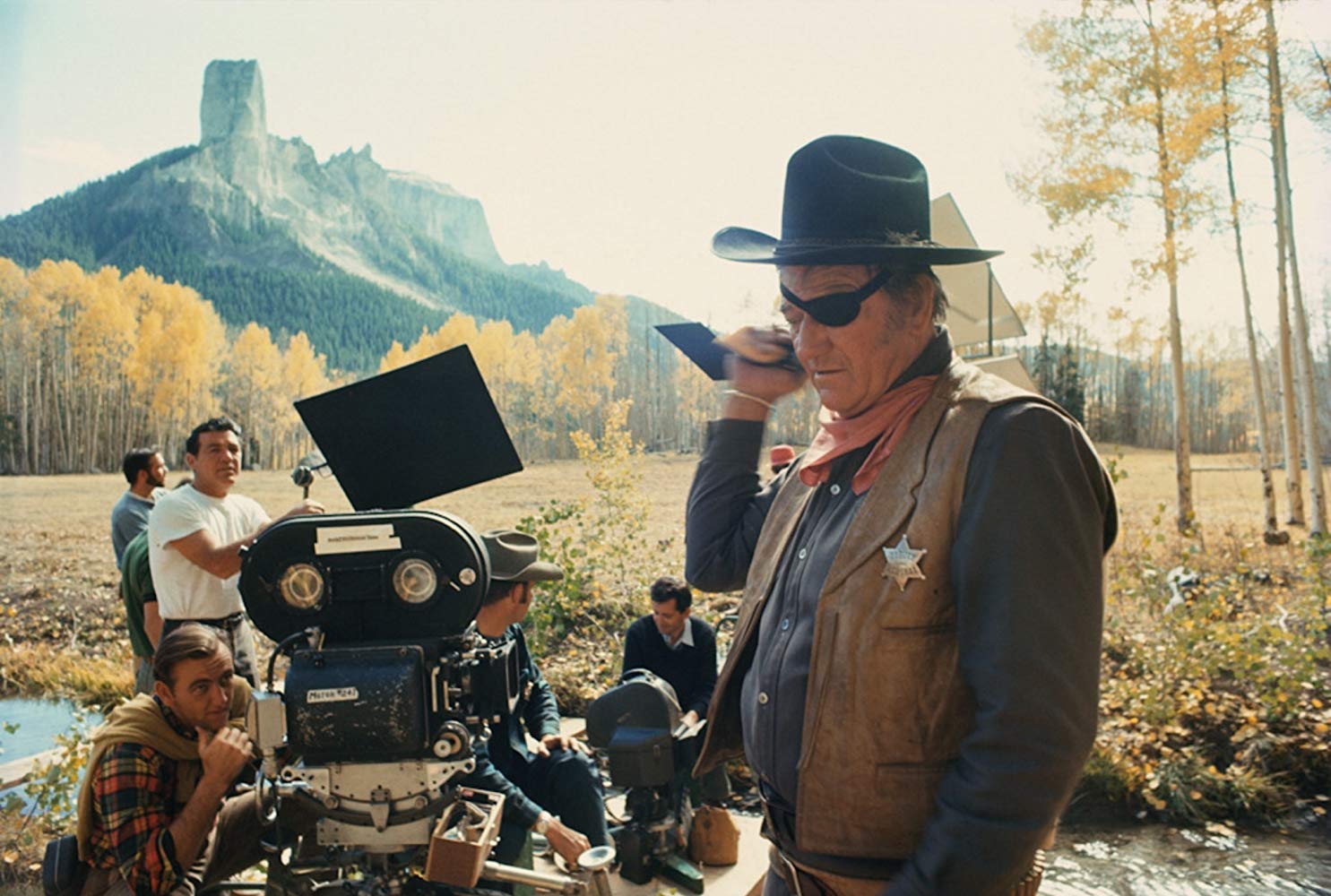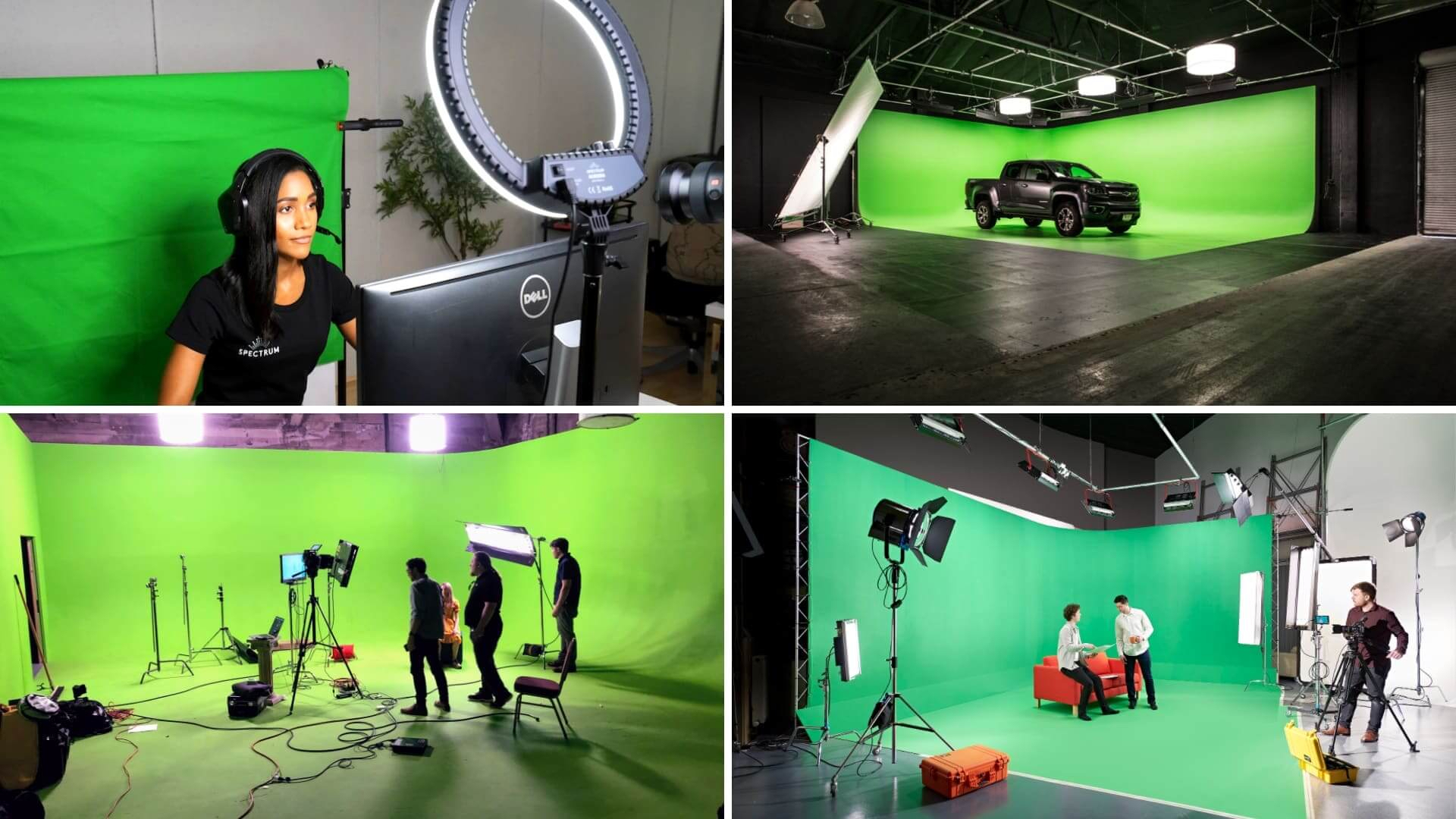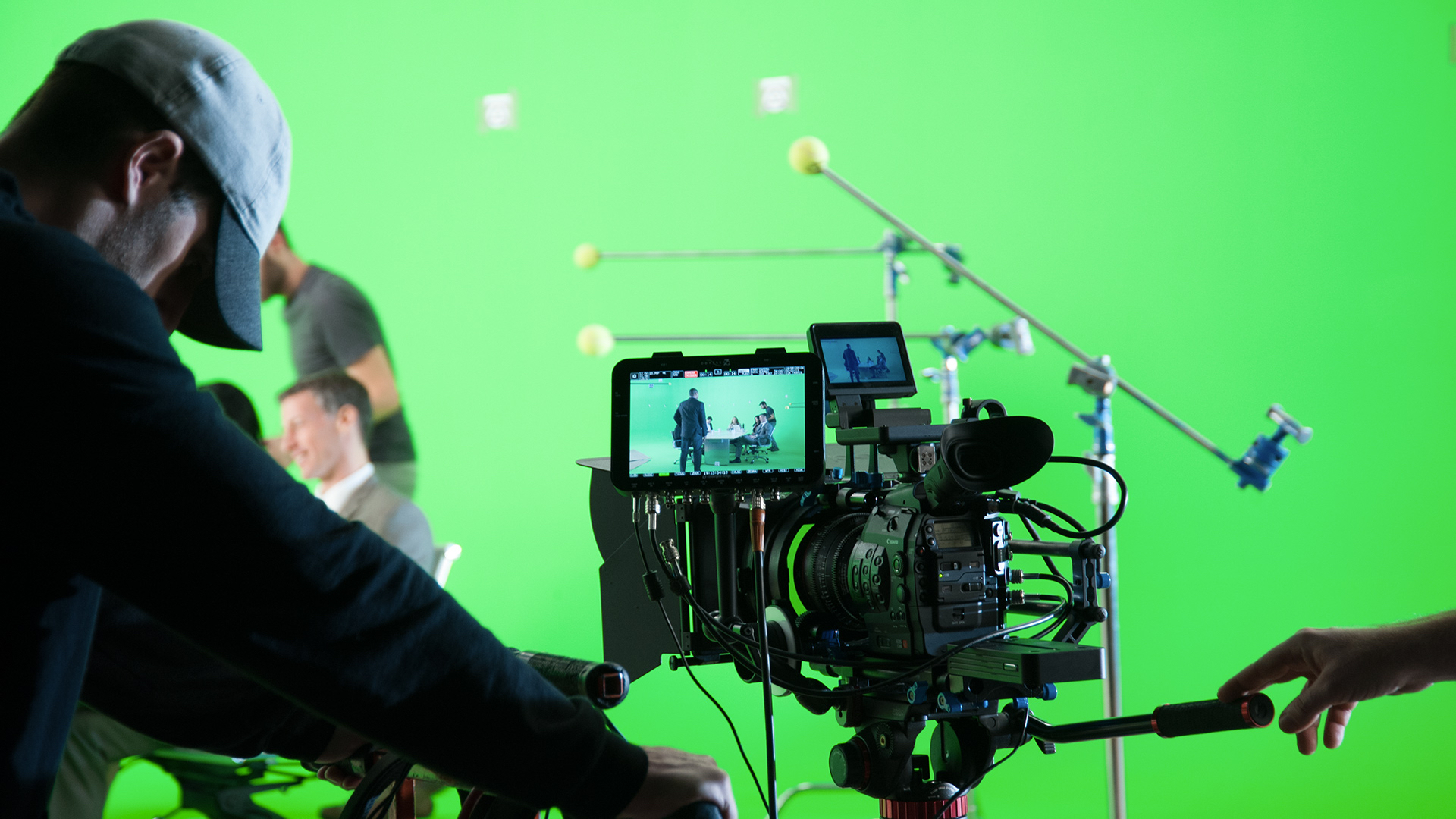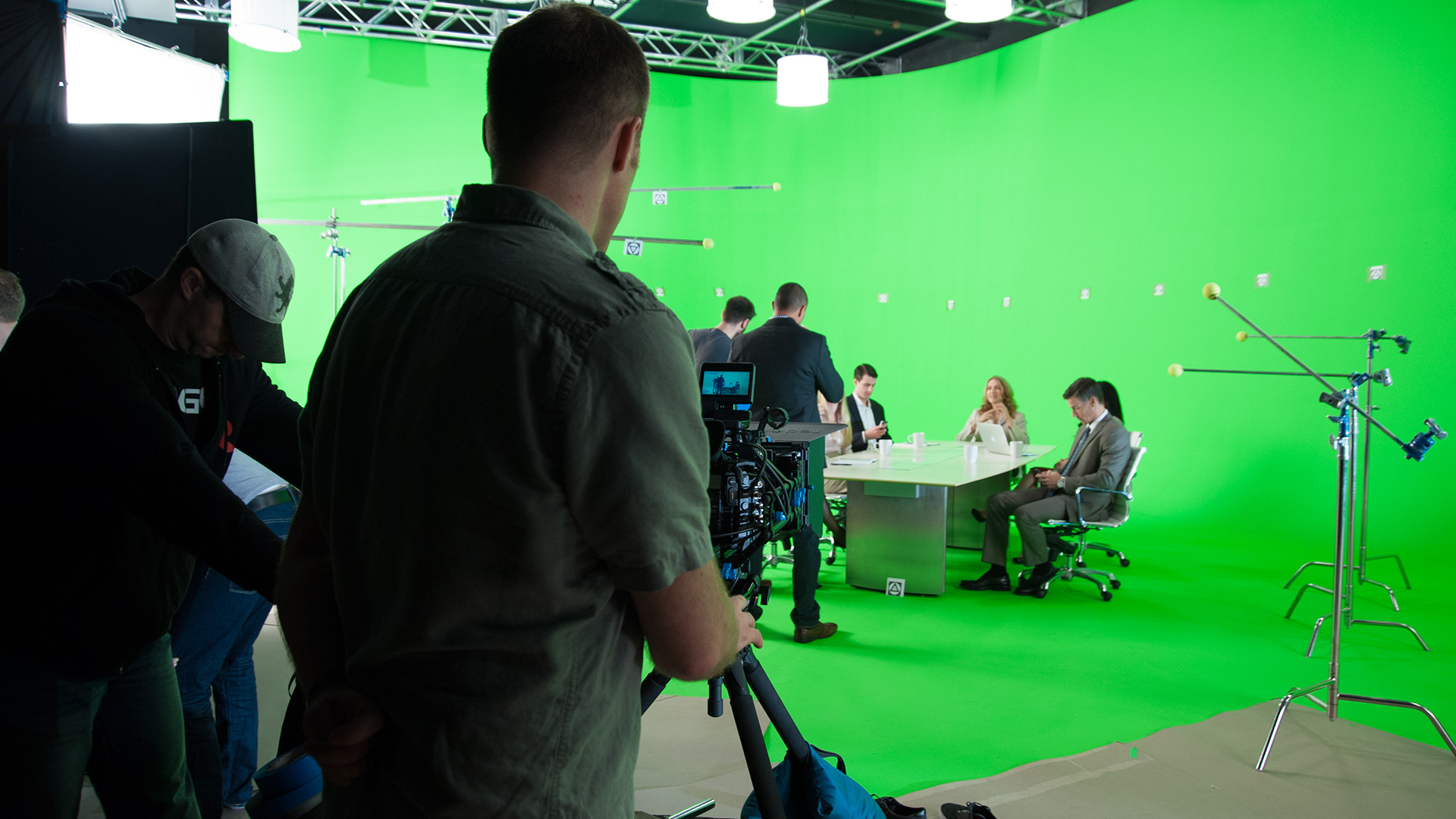Colorado has been a hidden gem for film locations for quite some time. With a rich history of filmmaking, it has been featured in such classic films as True Grit, Butch Cassidy and the Sundance Kid, and Indiana Jones and the Last Crusade. Filmmakers have know for years that Colorado is hard to beat when you consider its varied terrain provides the perfect stand-in, no matter the setting. Alpine peaks, rolling plains, lush forests, epic sand dunes, and modern cities are all mere hours away from one another. Because of this, Colorado can easily double for parts of Europe, Africa, and Asia.
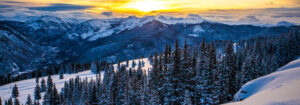
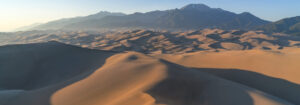
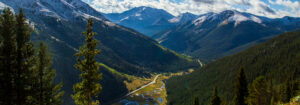
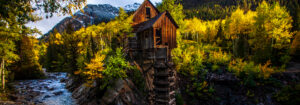
Beyond the varied locations, Colorado has many other advantages:
Great Weather
The state has over 300 days of sunshine and when stormy weather comes through, it moves on quickly. An average altitude of 6,800 feet above sea level provides mild winters and low-humidity summers creates crisp, cool nights. This allows production schedules to run on time with little threat of weather delays.
Quality Crew
Colorado has an enviable track record of hosting productions from all over the world. There is tremendous depth in every crew position as well as a number of equipment rental vendors and full-service production companies in the state to support them. The Colorado Office of Film, Television and Media (COFTM) offers a bevy of programs and resources for out-of-state productions.
Affordability
As compared to states on either coast, Colorado is a bargain for filmmakers. Equipment rentals, crew rates and travel expenses are lower than production hubs in California, New York and Georgia. Not only is it an affordable state for production, the quality of life index is one of the highest in the nation. And Colorados’s rich history and diverse landscape provide numerous reasons to visit.
Incentives
After lagging behind its neighbors when it comes to providing film incentives, Colorado has a $6 million film incentive. The state allows companies that film in Colorado to receive up to a 20% tax rebate if they spend a certain amount on qualified expenses, such as crew wages and set construction.
Rich History
Colorado with its striking mountain and desert landscapes has provided the backdrop for many old silent westerns dating as far back as 1898. It has continued to be the location of choice for films like The Hateful Eight, Fast and Furious 7, The Long Ranger as well as numerous commercials, music videos and documentaries.
To take advantage of any state, you need a company well-versed in production logistics, location scouting, and permitting procedures. As natives of Colorado, we know the state from Grand Junction to Burlington, Fort Collins to Trinidad, and every place in between. We are skilled production coordinators that have experience in all aspects of film and television production. We also represent a variety of filming locations in Colorado, as well as local studios offering full production services in Denver. If you need a Fixer on your next shoot, drop us a line.

